As an Amazon Associate I earn from qualifying purchases.
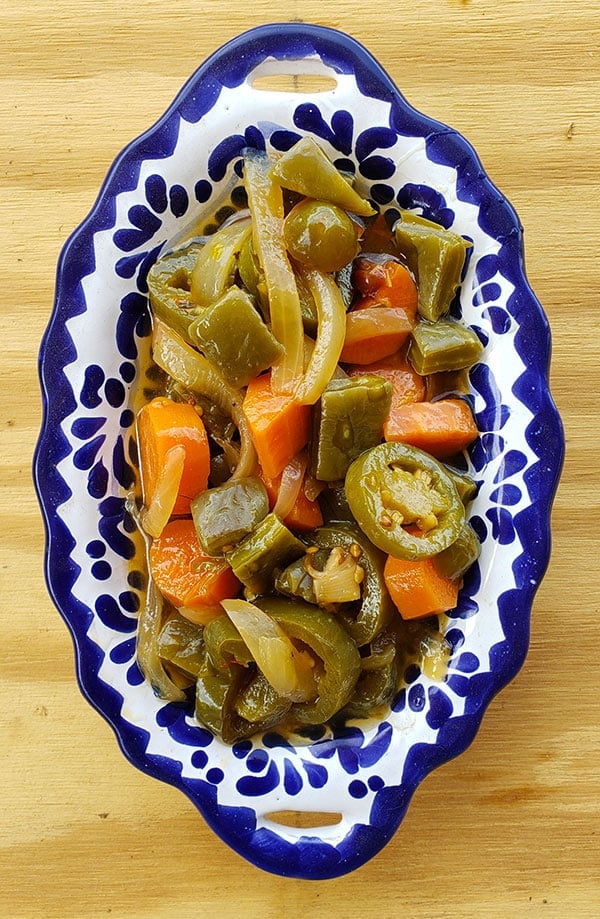
Of all the nopales recipes I make, nopales en escabeche is my favorite. Pickled nopales, the pads of the prickly pear cactus, stewed with jalapenos, carrots and onions, served over some beans is a damn good, damn simple dinner.
Pickled nopales are easy to make. I recommend starting with clean nopales, which you can find in any Latin market.
If you want to pick your own prickly pear paddles, here’s how to clean nopales; you can also buy uncleaned nopales in markets, too. They tend to be fresher than those already cut.
Chance are if you know anything at all about nopales, you know they are, well, snotty. The Mexicans call this slime babas, which seems sonically fitting. You need to remove it. I wrote a tutorial on all the ways you can remove slime from nopales, but this recipe has its own method.
Basically you cook everything you plan on pickling together and boil it hard until most of the slime boils away. Then you pickle it. That’s what escabeche means. It’s something that is cooked, then pickled. In Spain it’s done with all sorts of things, mostly fish and meat. I have a great recipe for quail or partridge escabeche here.
Once you have your pickled nopales, you need to let them sit for a few days before eating. I mean, you can eat them right away, but they are better a week or so later. Kept in the fridge, they will keep a year. Part of the reason is because the olive oil in the recipe forms a seal at the top of the jar.
You can also water-bath can your nopales en escabeche. Quarts need 20 minutes, pints 15 minutes. Do that according to normal canning procedure and your nopales will be shelf stable for a year or more.
If you want to make a cactus feast, I’d add either a cactus salad or nopales tacos.
Nopales en Escabeche
Ingredients
- 1 pound cleaned nopales, cut into large dice
- Salt
- 2 tablespoons olive oil
- 1 small onion, sliced root to tip
- 2 carrots, peeled and sliced into coins
- 2 to 4 jalapenos, sliced
- 4 cloves garlic, peeled but whole
- 1 cup water
- 1 teaspoon dried Mexican oregano, or regular oregano
- 2 bay leaves
- 2 cups white or cider vinegar
Instructions
- Toss the diced nopales with about 2 tablespoons of salt and let them drain in a colander in the sink for 20 to 30 minutes, while you chop the other vegetables. When you're done, rinse the nopales quickly under cold water.
- Put the oil in a large pan and get it hot. Add the onion and saute for 2 minutes. Add the carrots, jalapenos, garlic and nopales. Turn the heat to medium-high and stir-fry. You will soon see the slime. Cook vigorously until the slime cooks away, about 10 minutes, stirring often.
- Add the water, oregano, bay leaves and vinegar and stir well. Bring to a boil, then move this into clean Mason jars. Seal and let cool. Store in the fridge or water-bath can them.
Notes
Nutrition
Nutrition information is automatically calculated, so should only be used as an approximation.
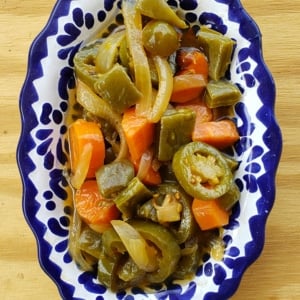
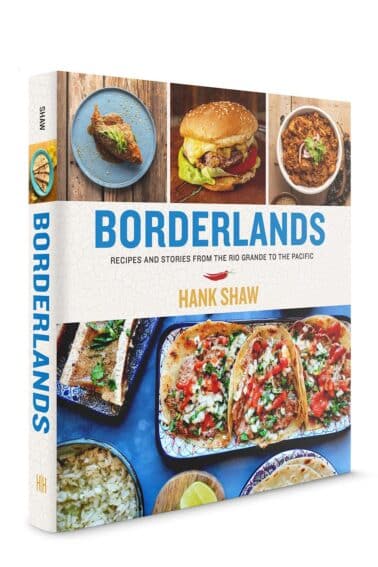
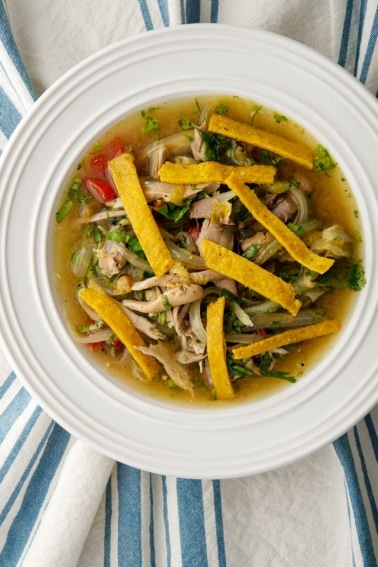
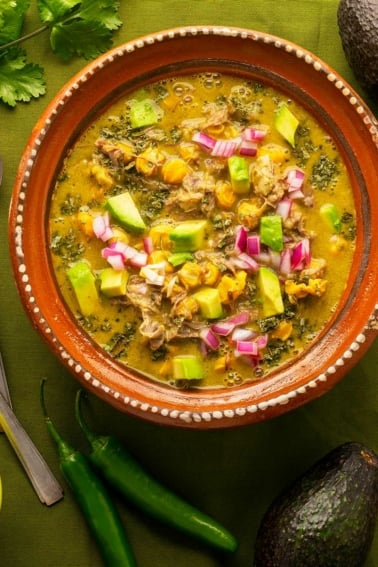
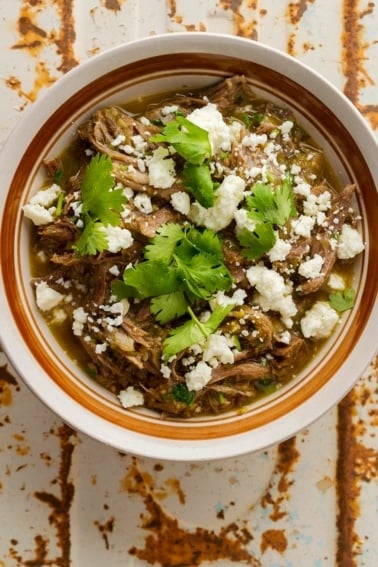
If I don’t want the other vegetables, could I prepare these in strips using a pickled okra recipe?
P.S. I LOVE that you don’t use the Oxford comma. ?
Amy: I’d prepare them as is in this recipe, just without the other vegetables.
if wanting to do the water bath how long should I do this for ? what’s the process time
Willetta: Not sure.
Can’t wait to try this recipe this morning. Living in Mexico there is so much nopal. I have foraged some and planted it in my yard and it is doing well. I will have to take the tutorial on how to remove the spines without getting half of them under your skin. Hats off to you. I have lived in Wisconsin and New Mexico where the forage was fat! Trying to learn all the plants at the beach here in La Manzanilla, Jalisco. So far I am finding wild tomatoes, amaranth greens, moringa leaves, and currently green mango which I make chutney with. Happy hunting and foraging!
Excelente receta para el aprovechamiento de los recursos naturales!
Thank you for this recipe your site is really cool!
I love what you’re doing!
We grow nopales in So Cal and we have abundance right now!